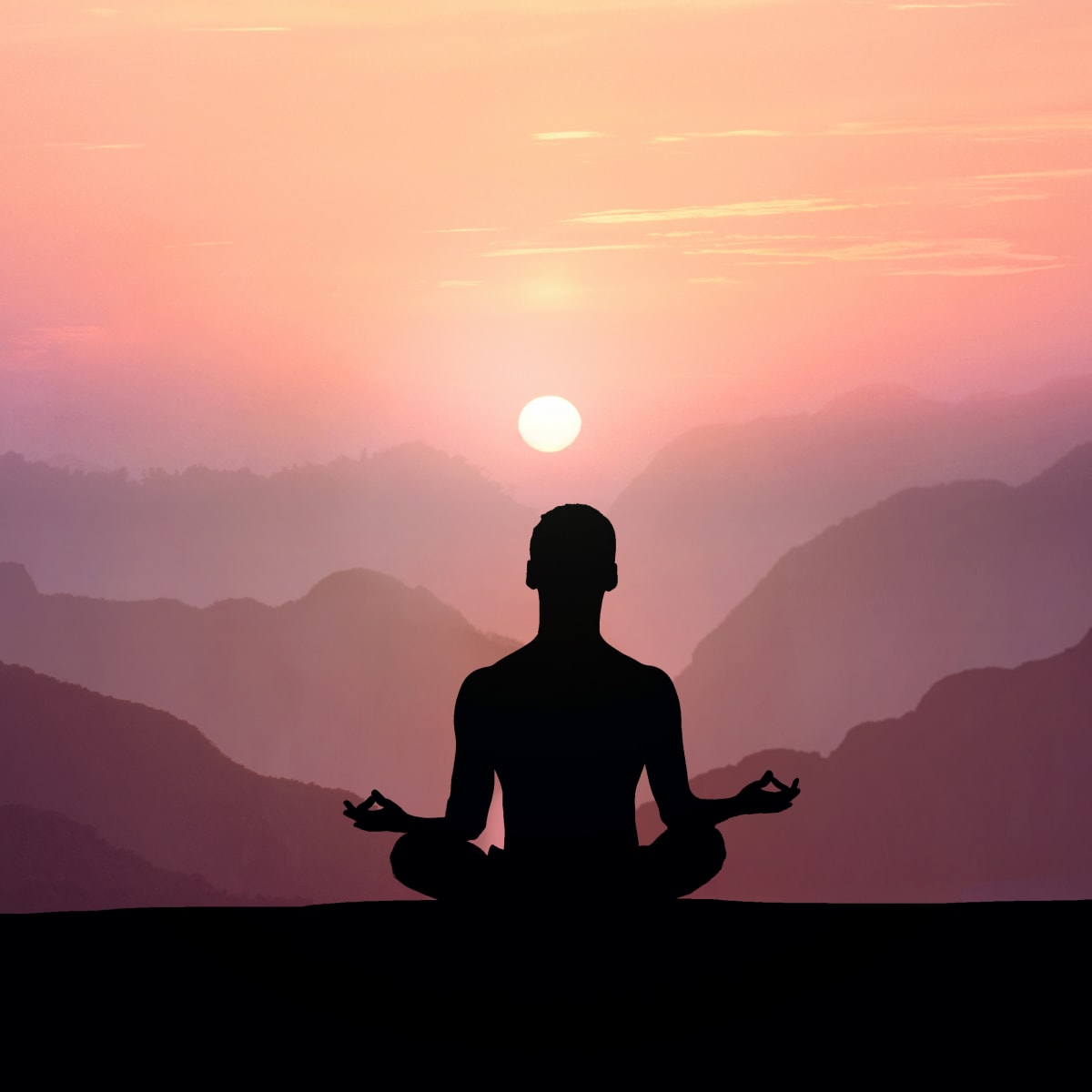In a world full of distractions, many find it difficult to focus on their priorities, whether that be self-care or work. As a result, the practice of yoga has gained popularity over the last several years on social media, among medical professionals, and in other areas. At its core, yoga is a spiritual practice used to bring the body and mind to a state of tranquility and equilibrium along with developing an omniscient view. The overall idea of developing an omniscient view is to look at oneself from a third person perspective, rather than seeing situations one-sidedly. The practice originated in ancient India, and was later adopted around the world in different ways.
Traditionally, there are four terms which are used to classify the different types of yoga. Karma yoga focuses on the body with the ultimate focus on performing actions with no expectation of anything in return. Bhakti yoga, which utilizes emotions, is done in a religious form as a means to connect with God. Gyana yoga focuses on the use of intellect, and is used in the pursuit of knowledge. Finally there is raja yoga, which relies on the clearance of negative energy and self-limiting thoughts that impede one’s focus.
Recently, the benefits of karma yoga have been especially attractive to many, since yoga promotes physical wellness in various ways. Multiple yogic postures increase flexibility, which in turn decreases the risk of physical injuries, expands range of motion, and decreases muscle stiffness. The vinyasa (flow) that one follows during their practice in karma yoga is meant to release. Furthermore, karma yoga encourages the body’s blood circulation. Different stances such as headstands and shoulder-stands can improve both blood and oxygen flow, increasing the activity of the heart and lungs. Mayo Clinic Proceedings found that middle-aged adults with high blood pressure who practiced yoga for an hour about five times a week had significant reductions in their blood pressure. The corpse pose is favorable for people who suffer with high blood pressure, as it induces a significant drop in systolic blood pressure. The mental relief provided by yoga also helps with an individual’s sleep patterns. According to Web MD, “slow, controlled breathing used in yoga stimulates your vagus nerve. This nerve affects your parasympathetic nervous system, which controls your body’s rest function and helps you get better sleep.”
The incorporation of pranayama—breathing exercises—in yoga creates mental clarity and sharpens concentration. Pranayama promotes mindfulness and also supports aspects of physical health. One popular pranayama is called “nadi shodhana,” which translates to “alternate nostril breathing.” The simplicity yet effectiveness of the exercise is what makes it so popular. To do this, the right nostril must be covered while inhaling from the left, and then uncovering the right, exhaling from it, vice versa. These breathing exercises also improve blood pressure and lung and brain function. Along with the several physical benefits that come with yoga, the practice also offers mental and emotional stability. Stress can reveal itself in several ways including body aches, lack of sleep, and even drug abuse. Statiscally, yoga can reduce anxiety levels by 40% according to healthcareers.com. Depression levels can even drop by 50% through the practice of yoga and has helped people alleviate symptoms of PTSD.
Yoga can be a highly effective coping mechanism for this condition and for attaining a more positive outlook on life. The fluctuations of the mind are almost impossible to eliminate, but are easily identifiable. Through the versatile forms of yoga, whether it be pranayama or vinyasa flow, yoga has the ability to help people through physical and mental stress.

